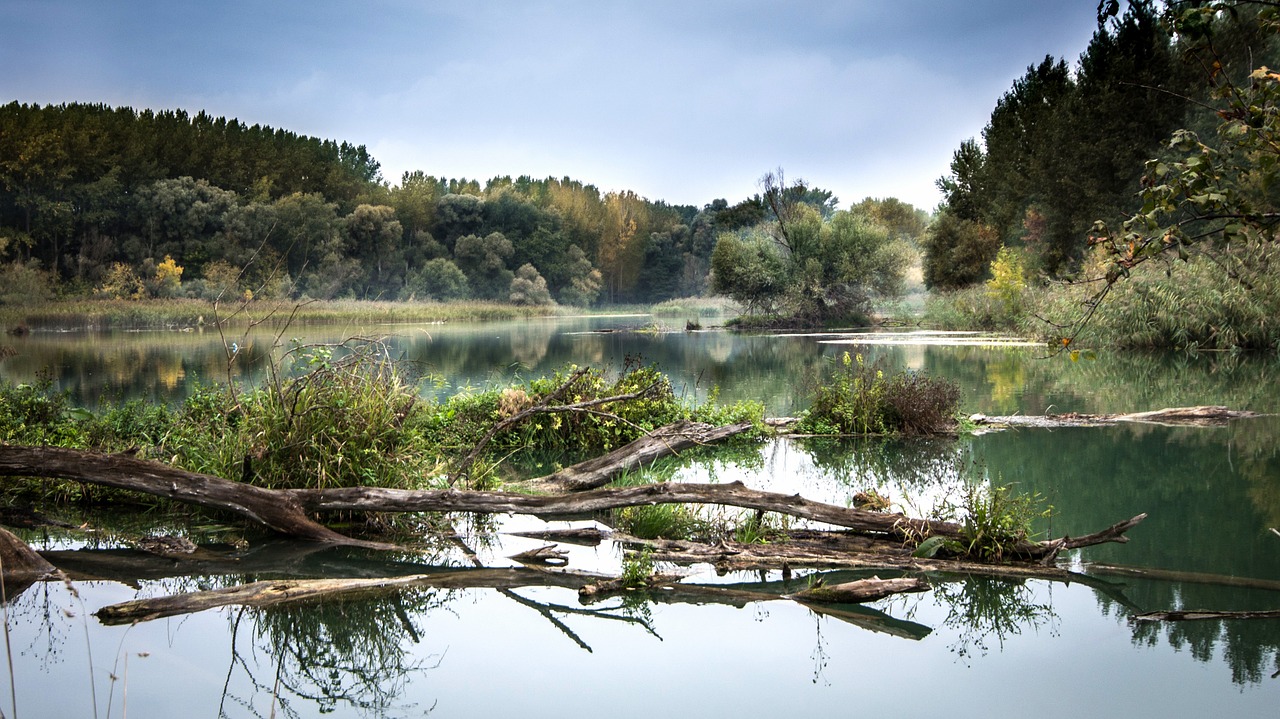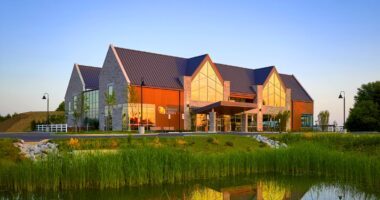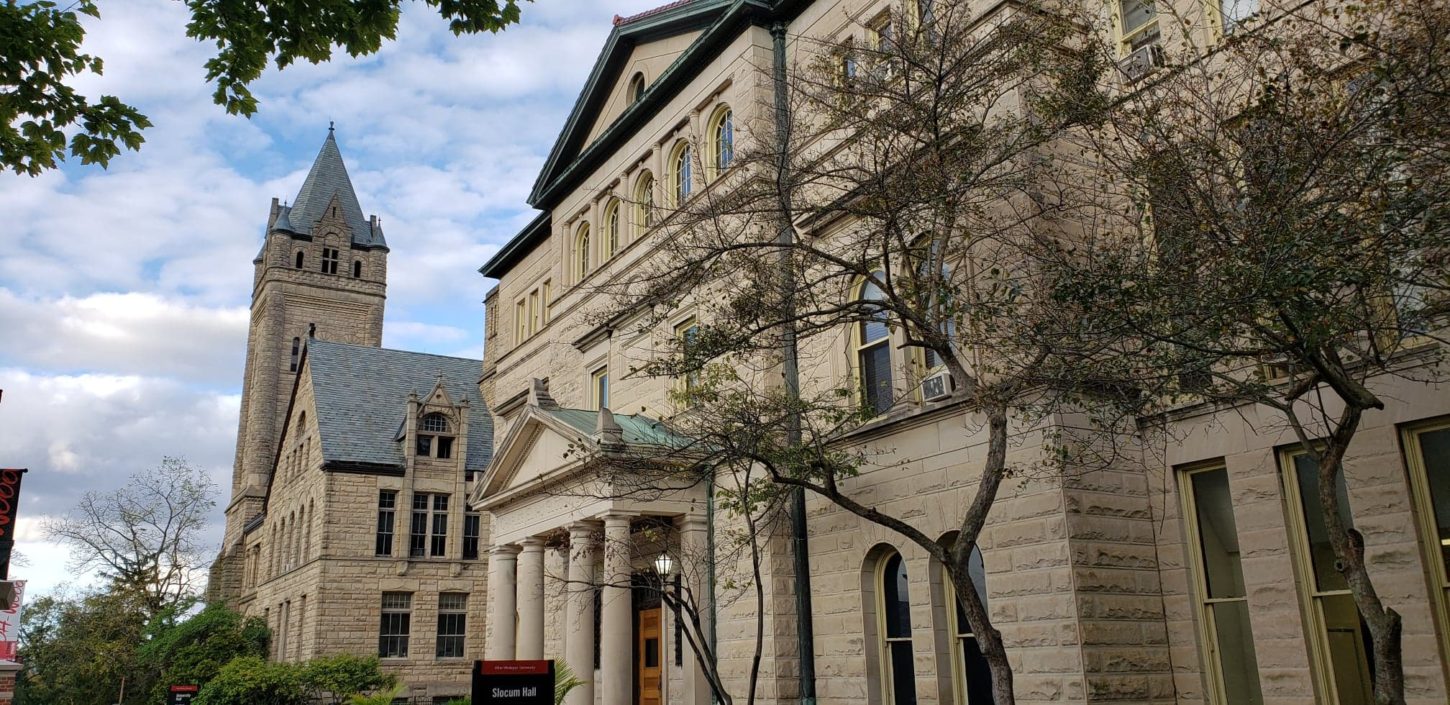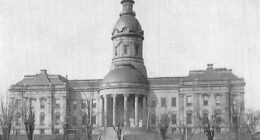By 1808Delaware
Much could be set about the waterway that traverses Delaware County on a north-south line, bisects the city of Delaware, and feeds Delaware Lake. From its rise in Crawford County to its junction with the Scioto River near downtown Columbus, the Olentangy is uniquely connected to the development, stories, and culture of central Ohio.
Today, we’ll start talking about the Olentangy and then continue with stories over the next few weeks about various aspects of its history and setting.
The Olentangy River originates from a confluence of several small streams and tributaries near the city of Galion. From there, the river flows southward through Delaware and Franklin counties. Its course stretches over a distance of approximately 97 miles (156 kilometers), making it an important waterway for the region.
The Olentangy also holds the distinction of being the third scenic river designated in the state of Ohio. Nestled within the rapidly expanding region of northern Columbus and southern Delaware County, the river has experienced remarkable improvements in water quality despite the intense development. This has led the Ohio Environmental Protection Agency to upgrade its status to an exceptional warm water habitat.
Within a half-hour’s drive for over 1.5 million people, the Olentangy River’s valley is characterized by a landscape that ranges from gently rolling to relatively flat topography. The steep shale banks that border the stream greatly contribute to the river’s natural beauty. The most awe-inspiring of these shale banks, which tower up to 110 feet above the streambed, can be found at Hutchins State Nature Preserve within Highbanks Metro Park. These banks are frequently intersected by ravines that reveal the underlying rock layers, including the distinctive Ohio black shale known for its large “ironstone” concretions.
The origin of the river’s name is quite intriguing. In 1833, the name “Olentangy” was assigned to the river by a legislative act aimed at reinstating Native American names for certain rivers in Ohio. The term Olentangy translates to “River of Red Face Paint,” a name that was actually intended for Big Darby Creek, located further west. It was at Big Darby Creek where the Wyandots of the Columbus area obtained their red face paint.
The Olentangy River was originally meant to be named the Whetstone River. The Delaware Indian name for the Olentangy River, “Kiin ansh ikan Siipu nk,” can be translated as “Sharp/More and More/Tool/River,” or more specifically, whetstone. Both the Native Americans and early settlers utilized the black Ohio and Olentangy shales found along the river as whetstones to hone their tools.
Despite the ongoing development pressures, the Olentangy River has managed to maintain a forest corridor, which has played a crucial role in preserving its diverse ecosystem, including 54 species of fish. The high quality of the river, along with its wooded banks, provides an ideal habitat for various breeding birds and other wildlife.
The dominant tree species that constitute the forested areas along the riverbanks include willow, red and silver maple, sycamore, oak, basswood, and green ash.










